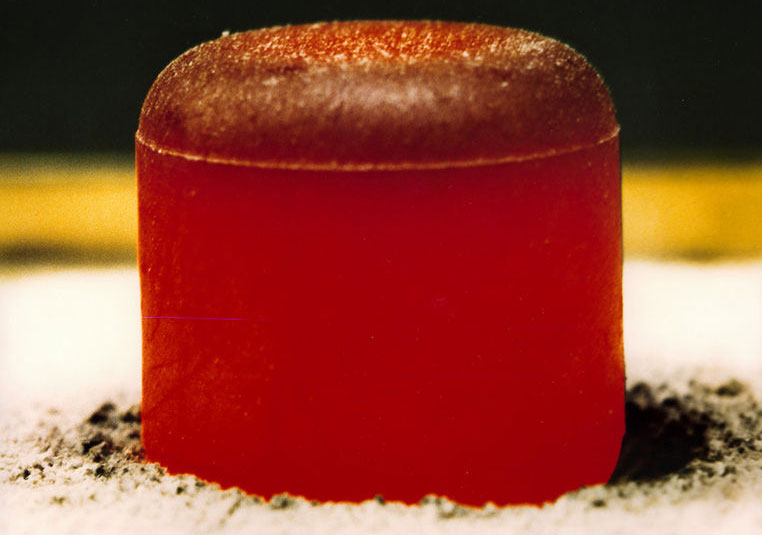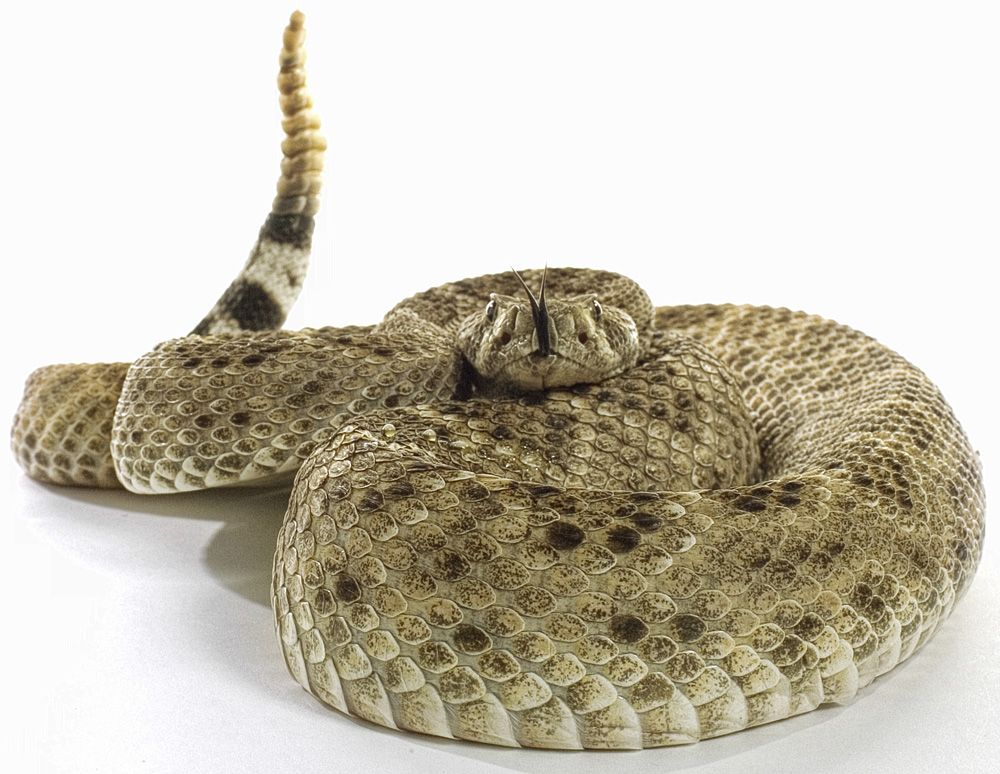Weird Images: What the Heck Is That?
Red and glowing

This little pellet can power a spacecraft. Another hint: It's somewhat related to the stuff involved in the Chernobyl nuclear disaster, 25 years ago today.
That should be enough clues for an approximate guess. So …
The image shows a pellet of plutonium used to power the radioisotope thermoelectric generator (RTG) in either the Cassini mission to Saturn or the Galileo mission to Jupiter (we're not told which — top secret stuff, perhaps). Plutonium was also used to power equipment during Apollo moon landings.
The pellet glows red hot because of radioactive decay, which means energy is released in the form of ionizing particles. In a spacecraft, plutonium-238 — what you see above — is at the heart of a long-lived nuclear battery that converts heat from the decay into electricity to power the spacecraft instruments.
Creepy!

Another tricky one.
Look closely and make your guess before reading on …
It's a giant jellyfish unlike most you might ever have seen. Instead of long tentacles, this creature has fleshy arms that capture food. See the full image below.
This jelly can be as big as a washing machine. See on the next slide.
jellyfish-tentacles-110402-big.jpg

This giant red-hued jellyfish called Tiburonia granrojo was described by American and Japanese researchers in 2003. It grows up to 3.3 feet (1 meter) in diameter and lives at depths of 2,000 to 4,800 feet (650 to 1,500 meters) in the ocean. First seen during submarine dives in 1993, the jellyfish is distinct in that it uses four to seven fleshy arms to capture food, rather than fine tentacles like other jellyfish.
Diamond shapes

Yes it slithers …
It slithers …
If you didn't figure out it's the skin of a snake, go ahead and smack yourself on the forehead now (and be careful if you go out in the woods).
You get two points if you guessed "rattlesnake." Check out the full image, with rattle, on the next slide.
Diamondback Rattlesnake

To create that spine-chilling noise, a rattlesnake's rattle moves back and forth about 60 times a second. The rattle's segments are formed more than once a year, each time the snake sheds its skin. And they sometimes break off. So it's a myth that you can tell a rattlesnake's age by the number of segments in its rattle.
If you're one who feels that chill just at the thought of snakes, you're not alone. Many people fear snakes, and scientists think humans may have evolved an innate tendency to sense snakes — and spiders — and to learn to fear them, because in fact they can be dangerous.
Did you know rattlesnakes can survive months without food, and they'll even grow while starving?
Alien created?

This might have looked like alien etchings, or maybe cave art, and to some it might tickle a memory that just can't be pinned down. You can see the full image on the next slide.
First, a hint … here's what Carl Sagan said about the subject of this image: "The spacecraft will be encountered and the record played only if there are advanced spacefaring civilizations in interstellar space. But the launching of this bottle into the cosmic ocean says something very hopeful about life on this planet."
It is the lower-left portion of what's known as the Golden Record, one of the two phonograph records aboard NASA's Voyager 1 and Voyager 2 spacecraft. In fact, after 35 years Voyager 1 left the solar system in August 2012, researchers reported, taking its first steps in interstellar space. Each gold-plated copper disk holds images and sounds portraying the life and culture on Earth, plus music new and old from around the world.
voyager-golden-record-1104-big.jpg

The visible inscriptions on the record serve as a welcome and a guide. The etching that served as the teaser (in the lower left of the record) shows the location of our solar system with respect to 14 stars known as pulsars, and the period of rapid rotation of those stars is noted, to help aliens identify them. In the upper left of the record is a drawing of the record and the stylus carried with it, with instructions on how to play it.
Get the world’s most fascinating discoveries delivered straight to your inbox.
Awning?

This is a fun one. If you need a hint, try this: You're seeing just the top of something, and a full-size person is standing within it.
Hint No. 2: It's 2 million years old. See the full image on the next slide.
Snap!

It's billed as the world's largest shark jaw, measuring 9 feet (2.7 meters) tall and 11 feet (3.4 m) across. The giant jaw is made from 182 fossilized from the extinct Carcharocles megalodon. Vito Bertucci, a jeweler-turned-fossil hunter, is behind the project.



